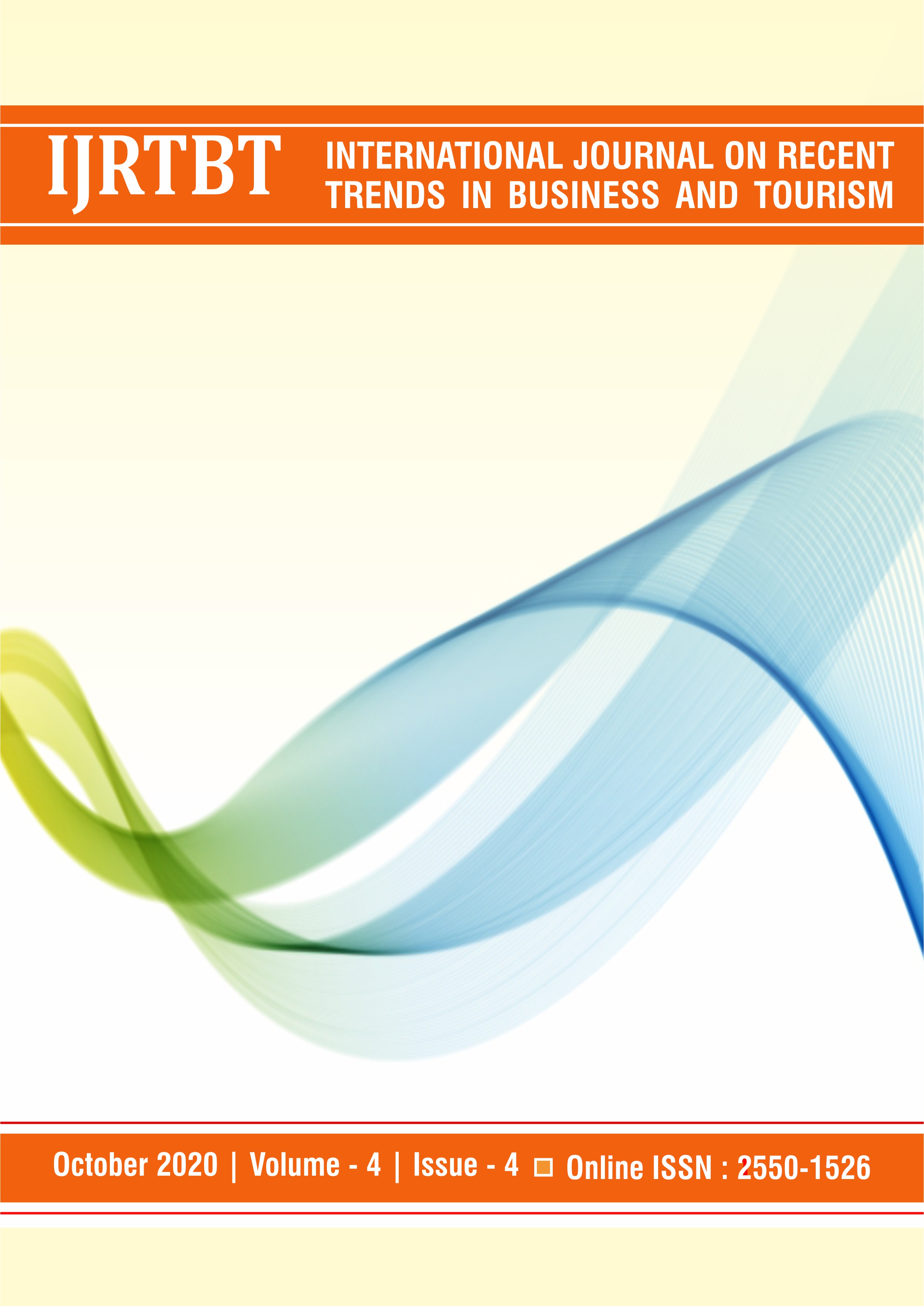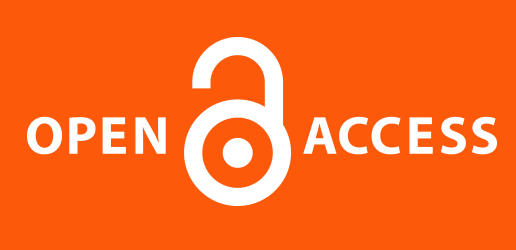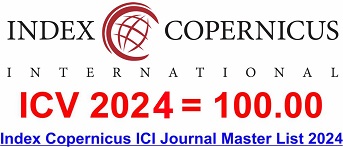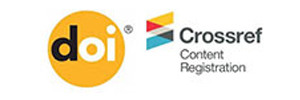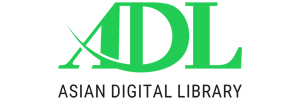COVID-19 EFFECTS ON MICROFINANCE INSTITUTIONAL (MFIS) ACTIVITIES WITH REFERENCE TO NEPAL
Abstract
The outbreak of the COVID-19 pandemic is an unprecedented shock to the Nepalese economy. The economy was already in a parlous state before COVID-19 struck. With the prolonged country-wide lockdown, global economic downturn and associated disruption of demand and supply chains, the economy is likely to face a protracted period of slowdown. In these contexts, MFIs are among the hardest heat and has major disruption for offering regular program. The potential risk of SMEs exits and loosing opportunity permanently increases treat to MFIs. In this paper we describe the effects of COVID-19 on Nepalese MFIs, assess the potential impact on various segment of MFIs, analyze the recent policies that have been announced so far by the central bank and government of Nepal to accelerate the economy and put forward a set of plan recommendation for these sectors.
Keywords:
Pandemic, Nepalese Economy, Global Economic Downturn, MFIsDownloads
References
Abdullah, J.M., Ismail, W.F.N.W., Razak, A.A., Harun, A., Musa, K.I. & Lee, Y.Y. (2020). A Critical Appraisal of COVID-19 in Malaysia and Beyond. The Malaysian Journal of Medical Sciences, 27(2), pp 1-9.
Adams, J.G. & Walls, R.M. (2020). Supporting the Health Care Workforce During the COVID-19 Global Epidemic. JAMA, 323(15), pp 1439-1440.
Anderson, R.M., Heesterbeek, H., Klinkenberg, D. & Hollingsworth, T.D. (2020). How will country-based mitigation measures influence the course of the COVID-19 epidemic? The Lancet, 395(10228), pp 931-934.
Brickell, K., Picchioni, F., Natarajan, N., Guermond, V., Parsons, L., Zanello, G. & Batemane, M. (2020). Compounding Crises of Social Reproduction: Microfinance, Over-Indebtedness, and the COVID-19 Pandemic. World Development, 136 (August), pages 5.
Cheung, J.C., Ho, L.T., Cheng, J.V., Cham, E.Y.K. & Lam, K.N. (2020). Staff Safety During Emergency Airway Management for COVID-19 in Hong Kong. The Lancet Respiratory Medicine, 8(4), pages 2.
Malik, K., Meki, M., Morduch, J., Ogden, T., Quinn, S. & Said, F. (2020). COVID-19 and the Future of Microfinance: Evidence and Insights from Pakistan. Oxford Review of Economic Policy, Forthcoming, NYU Wagner Research Paper Forthcoming, 27th April. Retrieved From: file:///C:/Users/kabir/Desktop/MicrofinanceCOVID.pdf
Meagher, P. (2020). Microfinance in the COVID-19 Crisis: A Framework for Regulatory Responses. CGAP, 1st June. Retrieved From: https://responsiblefinanceforum.org/publications/microfinance-covid-19-crisis-framework-regulatory-responses/
Oxford Analytica. (2020). COVID-19 could deepen social cleavages in the Gulf. Oxford Analytica, Daily Brief- Gulf States, 8th April. Retrieved From: https://dailybrief.oxan.com/Analysis/DB251858/COVID-19-could-deepen-social-cleavages-in-the-Gulf
Shu, H.C. & Chang, J.H. (2015). Investor Sentiment and Financial Market Volatility. Journal of Behavioral Finance, 16(3), pp 206-219.
Tetlock, P.C. (2007). Giving Content to Investor Sentiment: The Role of Media in the Stock Market. The Journal of Finance, 62(3), pp 1139-1168.
Wang, Y.H., Yang, F.J., & Chen, L.J. (2013). An Investor's Perspective on Infectious Diseases and their Influence on Market Behavior. Journal of Business Economics and Management, 14(sup1), pages 16.
Published
How to Cite
Issue
Section
License
Copyright (c) 2020 International Journal on Recent Trends in Business and Tourism (IJRTBT)

This work is licensed under a Creative Commons Attribution-NonCommercial-NoDerivatives 4.0 International License.

